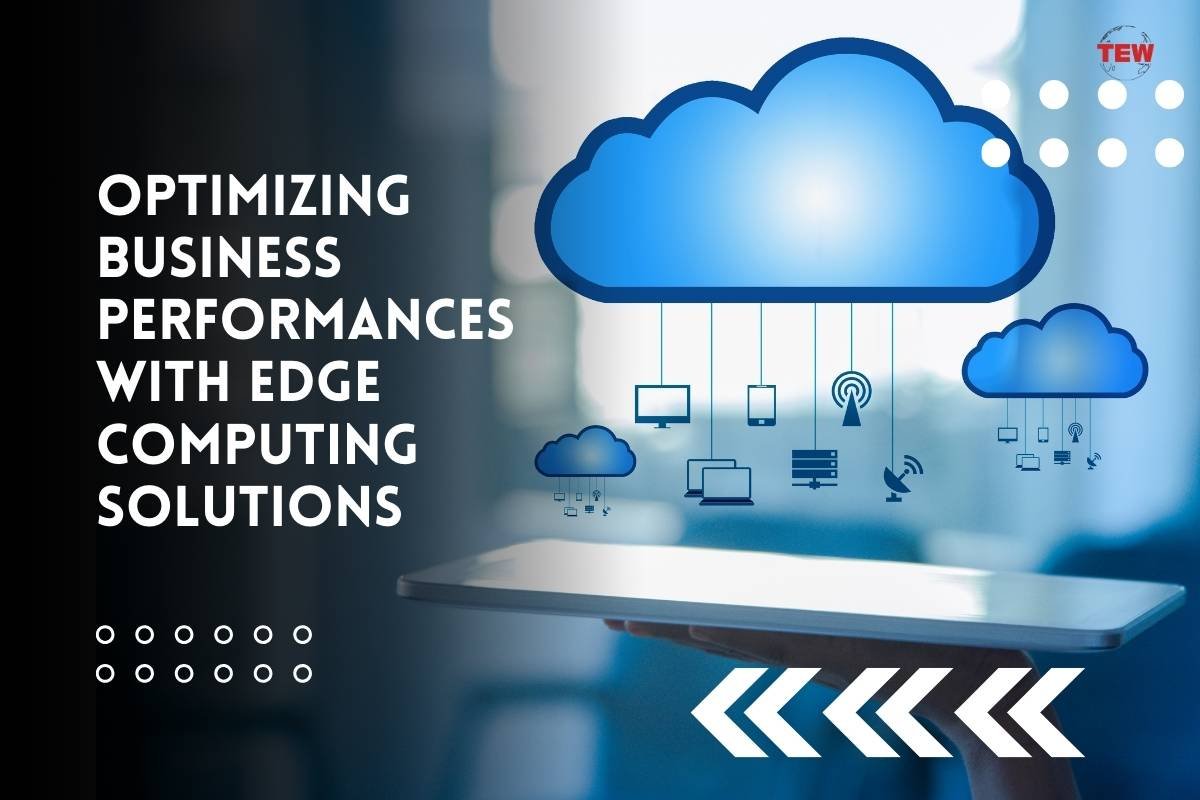Businesses are continuously searching for ways to increase productivity, lower expenses, and obtain the upper hand in today’s data-driven market. Despite its strength, traditional cloud computing cannot keep up with the ever-growing amount of data produced by Internet of Things (IoT) devices and real-time applications. In this context, edge computing solutions come.
Edge computing refers to the decentralized processing of data closer to its source, reducing latency and improving efficiency. This is crucial for applications requiring real-time data processing, such as IoT devices and autonomous vehicles.
Keep reading to discover the potency of edge computing solutions and learn how to optimize your business performance.
The Power of Decentralized Edge Services
The benefits of decentralized edge services extend beyond just latency and security. Sudden increases in data volume can pose a challenge for traditional cloud infrastructure to handle. Conversely, edge computing solutions allow for a more scalable architecture.
Edge computing solutions enable devices to function even when there is the event of an interruption to internet connectivity. Critical applications are guaranteed to keep running even in the case of a network failure, all thanks to local processing and storage capabilities. For sectors like healthcare, where continuous patient monitoring is critical, the importance of this aspect cannot be stressed enough.
How Edge-Optimized Web3 Apps Can Empower Your Business?

Web3 applications use blockchain technology to supply a more dispersed and secure experience than standard web apps which are tied to centralized servers. In this context, decentralized edge services are the ideal ally, allowing businesses access to more processing power and data storage. For Web3 apps, this means quicker loading times, enhanced responsiveness, and even offline operation.
Imagine being able to communicate with DeFi platforms and NFT transactions instantly, no matter where you are. Web3 apps can now realize their full potential thanks to decentralized edge services, which are paving the way for a future of safe and seamless experiences on the decentralized web.
Optimizing Business Performance with Edge Computing Solutions:
The potential of edge computing to open up several performance-boosting advantages for a variety of businesses is what gives it its power. An in-depth examination of a few crucial areas where edge computing might enhance corporate operations follows:
1. Improved Operational Efficiency
Automating tedious manual tasks is yet another perk of edge computing. This covers activities including inventory management, equipment monitoring, and quality control inspections. By automating these procedures, businesses can streamline their whole operations and free up important human resources for more strategic endeavors. For example, edge computing can be utilized in the retail industry to automate product restocking and improve inventory control based on real-time client demand data.
2. Optimized Customer Experience
Businesses can now offer a more customized and responsive consumer experience thanks to edge computing solutions. They can obtain real-time insights into customer behavior and preferences by processing client data locally. Because of this, businesses are also able to instantly personalize their products and services, which boosts client happiness and loyalty. For instance, edge computing in the hospitality sector allows for guest preference-based personalization of lighting, entertainment, and temperature controls in individual rooms.
3. Enhanced Reliability and Resilience

Conventional cloud-based solutions could be vulnerable to interruptions or outages in the network. In this context, edge computing extends a stronger and more reliable solution—businesses can ensure uninterrupted operations even in the case of internet connectivity problems by allocating processing power and storage locally. Applications that need continuous services, like traffic control infrastructure and healthcare monitoring systems, depend on this.
4. Reduced Costs
Although implementing edge computing technologies requires some upfront expenditures, the long-term advantages easily exceed the expenses. Because edge computing minimizes data transit to the cloud, it can drastically cut network bandwidth utilization. Additionally, edge computing can help businesses save money on repairs, downtime, and lost resources by enabling predictive maintenance and improving operations.
Conclusion
The prospect for edge computing is enormous, with the potential to transform many industries and influence how businesses operate in the future as technology advances. In fact, the global edge computing market size reached $16.45 million in 2023 and is projected to grow at a CAGR of 36.9% from 2024 to 2030.
Edge computing solutions are a strong option for businesses looking to maximize efficiency in the data-driven world of today. Edge computing brings forth many advantages by utilizing the potential of decentralized processing and real-time data analysis, including greater operational efficiency and decision-making.






